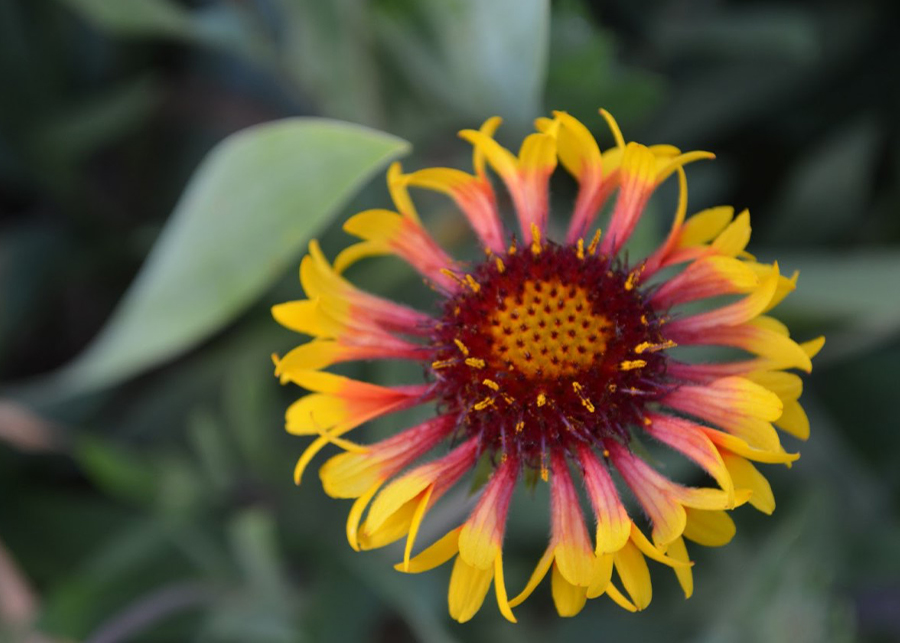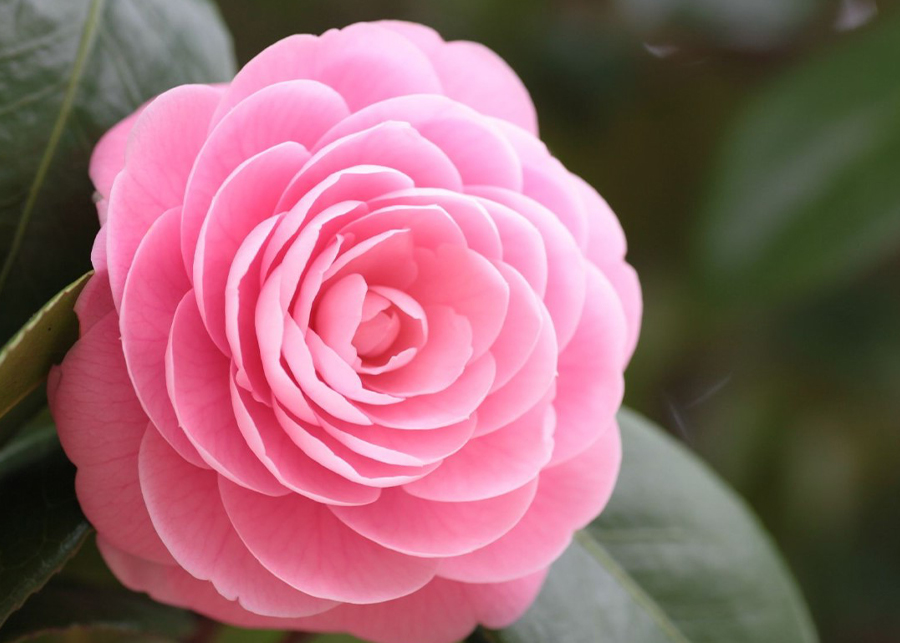
Daylilies
Daylilies are perennial plants that will grow without much care. However, they need to be divided every five years to produce more flowers. You can do this by digging up the daylilies in late summer and dividing them. After division, cut them into clumps of two or three fans. After that, trim them back to about five inches of foliage.
Impatiens
Impatiens are a perennial flower that can be grown all year round. They benefit from regular fertilization, which promotes healthy flower blooms. Use a water -soluble fertilizer every two weeks or apply a slow-release fertilizer throughout the growing season. While impatiens are generally pest-free, red spider mites and aphids can occasionally cause them to die or stunt their growth. To keep these pesky insects at bay, plant some aromatic herbs.

Chrysanthemums
The flowering chrysanthemum is a composite head composed of smaller florets. Each floret is divided into two parts – ray florets, which look like petals, and disc florets, which have an open center. The foliage of chrysanthemum plants is aromatic. Their flowers have a fresh fragrance.
Agapanthus
Agapanthus is a plant with a variety of flower types. These perennials are hardy and pest-resistant. Their flowers are large and come in shades of blue to violet. These plants grow in a wide range of soil conditions, but prefer rich soil that provides plenty of moisture. Plant these plants a few inches apart in a sunny location and mulch them to keep the soil moist.
Sage
Sage is a perennial plant that grows in a variety of climates. Some varieties grow well in cold climates, while others are tolerant of warm climates. Its flowers are edible, and both the leaves and flowers can be used in cooking. The leaves are aromatic and can be used as a tea. Sage plants are drought-tolerant and don’t get sick in shade or drought conditions. They are also resistant to disease and pests.
St John’s Wort
There are several different types of St John’s Wort flowers. Yellow flowers, for example, can be used to uplift your mood. In order to make the most of the flowering plant, you should prune the plant in the winter or early spring. This will help it keep a compact, rounded form.
Carnations
Carnations are a type of flower with a long history. The first recorded mention of this flower was in Greek literature around 2,000 years ago. According to myth, the goddess Diana fell in love with a shepherd and, when the shepherd refused to reciprocate her love, she cut off his eyes and threw him to the ground. From his ashes, carnations sprouted and became the flower of choice for Greek ceremonies. Carnations were also mentioned in Biblical times. They were a symbol of love and the tears of the Virgin Mary.

Parodia cactus
The Parodia cactus is a small, globular South American cactus with long, hooked spines and beautiful yellow or red flowers. It has many formally named varieties and local forms. Most of these varieties are not accepted by most botanists, but their names have value for collectors.
Tiger flower
If you want a unique and colorful flower, you should consider the Tiger Flower. This fragrant, low- growing perennial opens and closes in the morning. Its foliage dies back in the fall. It is best to split the clump once every three years. Once you have divided the clump, it’s time to replant it in a new spot. Tiger flowers grow well in containers and look great in sunny patios.

